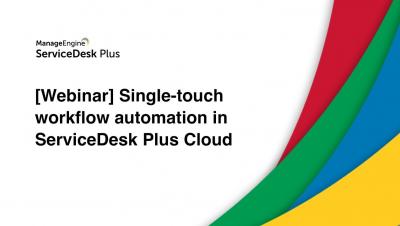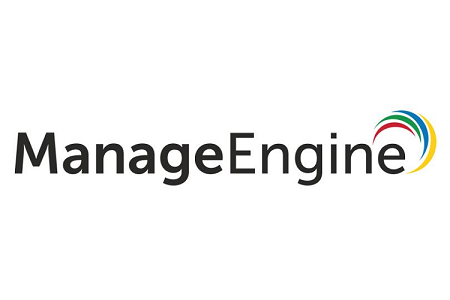Overcoming performance bottlenecks by enhancing visibility
Are you a network admin who gets overwhelmed by the number of devices they have to manage? We can only imagine the plight you have to go through. Technological advancements have extended the scope of network monitoring. Way beyond the conventional norms of preventing downtime, network monitoring in today’s context is about maintaining the optimum performance of devices while delivering an enhanced end-user experience.











